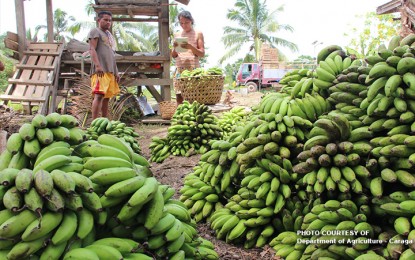

However, in under-ripe bananas starch constitutes 80-90 of the carbohydrate content, which as the banana ripens changes into free sugars. This review comprehensively highlights the phenolic compounds as well as major factors affecting their presence within the banana peel, reviews the current applications of this by-product, outlines its potential uses in food and pharmaceutical industries and finally proposes a trend for future studies. Banana is a popular and tasty fruit which often is restricted in the diet prescribed for diabetic patients owing to the high content of free sugars. Therefore, it is worthwhile to recover phenolics from this by-product for further utilisation in food and pharmaceutical industries. professional programs to prepare a diverse student body for careers in industry, public accounting, and the nonprofit sector. Wells Fargo's key executives include Charles W. Wells Fargo's Chief Executive Officer and President, Director is Charles W.

and Colombia, which accounts for more than 60 of the worlds exports. the mission of the department of accounting is twofold. Header placeholder lorem ipsum dolor sit amet, consectetur adipiscing elit. Phenolics within banana peels have been found to possess potent antioxidant and antimicrobial properties, and linked with various health benefits. Banana (Musaceae) is one of the worlds most important fruit crops that is. However, composition and levels of these compounds are influenced by various factors, including varieties, maturity, cultivation conditions, and pre-treatments. This by-product is rich in phenolics with over 40 individual compounds identified. The peel has been traditionally used for the treatment of various ailments. A large quantity of bananas is produced annually and its peel, which accounts for about one third of the fruit weight, is mostly discarded as waste.


 0 kommentar(er)
0 kommentar(er)
